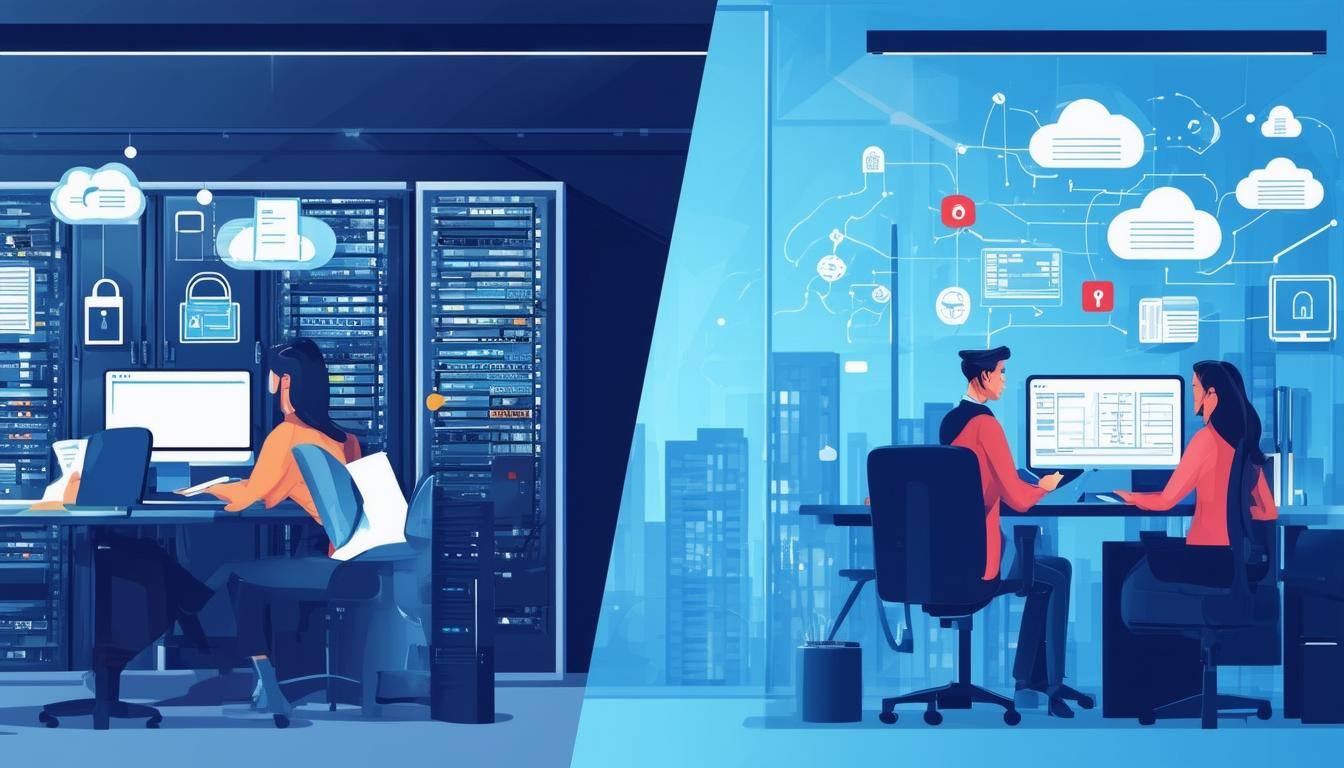The Financial Impact of Data Breaches: Protecting Your Business
April 25th, 2025
7 min read
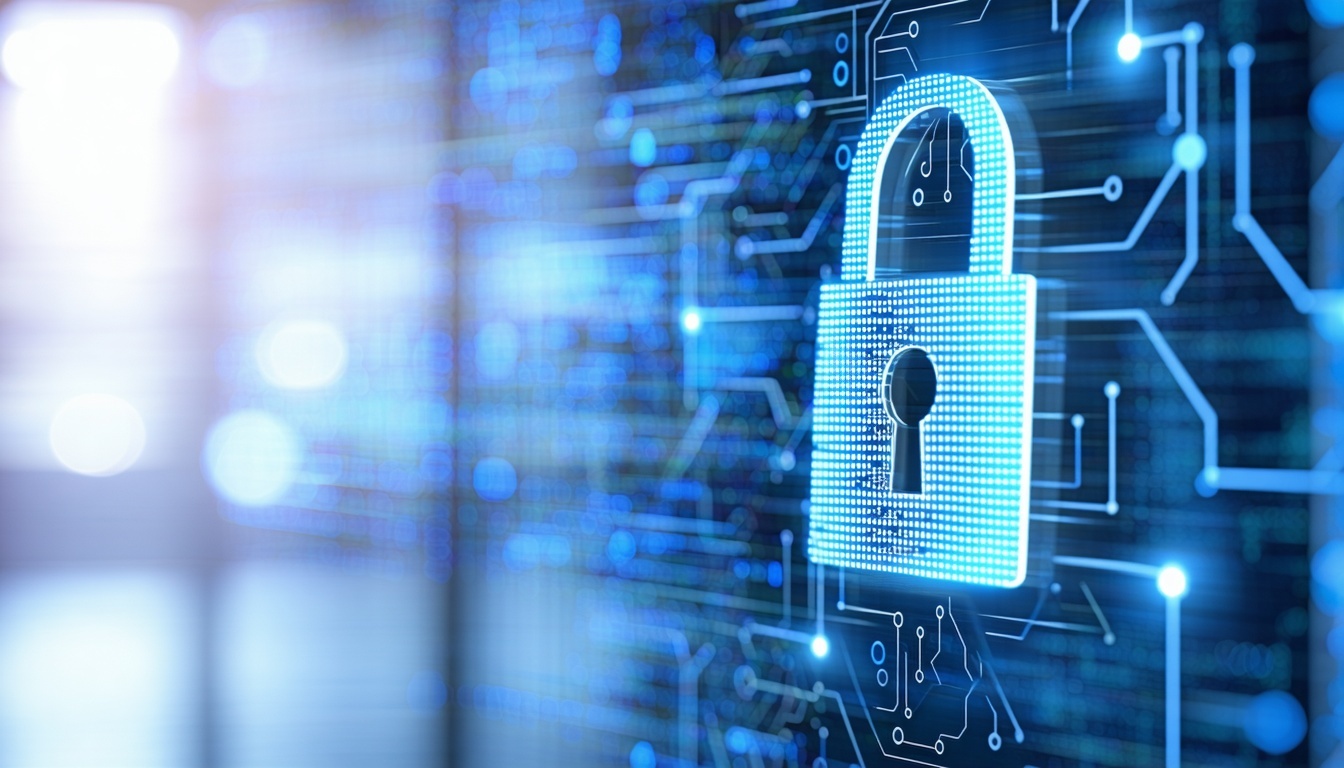
Have you ever worried about what a data breach could cost your business? Do you feel confident that your critical business systems and sensitive data are truly secure from cyber threats?
With cybercriminals becoming more sophisticated, businesses of all sizes—especially those handling sensitive customer and operational data—are prime targets. A single cyberattack can cost millions, erode stakeholder trust, and lead to crippling compliance fines.
At Lift HCM, we understand the high stakes involved in protecting your most sensitive data. In this article, we'll break down the hidden costs of cybersecurity gaps, explain why small and mid-sized businesses are at the highest risk, and share actionable steps to fortify your cybersecurity defenses. By the end, you'll have a clear understanding of the risks, costs, and best practices to safeguard your business.
Table of Contents
- 5 High-Impact Cyber Threats Targeting Businesses Today
- Your Cybersecurity Action Plan: 14 Critical Protection Measures
- Emergency Response: 5-Step Quick Start Security Guide
- Protect Your Business Before It's Too Late
5 High-Impact Cyber Threats Targeting Businesses Today
1. Phishing Attacks: The Digital Trojan Horse
What they are: Deceptive emails, texts, or websites that trick recipients into revealing sensitive information or downloading malware.
Example: A finance specialist at a manufacturing company received an email claiming to be from their accounting software provider warning about expiring account access. After clicking the verification link and entering credentials on a fake login page, attackers gained access to the financial system and attempted to redirect payments to fraudulent accounts. Only a vigilant team member who noticed unusual account changes prevented a potential $300,000 loss.
Average cost: $4.6 million per incident
📈 Phishing attacks have increased by 350% since the beginning of 2022, with over 75% of organizations experiencing a successful phishing attack in the last year (Proofpoint 2024 State of the Phish Report).
2. Ransomware: When Your Data Becomes a Hostage
What it is: Malicious software that encrypts a victim's data, with attackers demanding payment for its release.
Example: A healthcare provider suffered a ransomware attack after an administrator opened a malicious email attachment. Operations stopped for three weeks, leading to $420,000 in recovery costs and $1.2 million in lost revenue. Even after paying a $350,000 ransom, the organization faced a class-action lawsuit due to compromised patient data.
Average cost: $4.5 million per incident, with 60 days of business disruption
3. Business Email Compromise (BEC): The Executive Impersonation Crisis
What it is: Attackers impersonate executives or trusted partners to trick employees into transferring funds or revealing confidential information.
Example: A construction company's CFO received what appeared to be an email from their traveling CEO requesting an urgent wire transfer of $175,000 for a "time-sensitive vendor contract." The attackers had monitored the CEO's social media about his international trip and perfectly mimicked his writing style, pressuring the CFO to bypass verification protocols. By the time the fraud was discovered during a routine financial review three days later, the funds had been moved through multiple offshore accounts and were unrecoverable.
Average cost: $4.9 million per incident
4. Social Engineering: Exploiting the Human Element
What it is: Manipulation techniques that exploit human psychology to gain access to buildings, systems, or data.
Example: A retail chain's customer service department received a call from someone claiming to be IT support who needed to install a critical security patch and referenced specific internal systems to establish credibility. After gaining remote access, the attacker installed keylogging software that captured passwords to the company's customer database and extracted credit card information for over 3,200 customers. Investigation revealed the attacker had gained insider knowledge by befriending an employee through an online professional forum months earlier.
5. AI-Powered Threats: The New Frontier of Cybercrime
What they are: Advanced attacks using artificial intelligence to create more convincing phishing attempts or to identify and exploit vulnerabilities.
Example: A financial services firm fell victim to an AI-powered voice spoofing attack when the controller received a call that perfectly mimicked the CEO's voice, requesting an urgent transfer of $720,000. The attackers had used publicly available conference recordings to create a digital voice model that could respond naturally to questions in real-time. The sophisticated attack bypassed traditional security awareness training, highlighting the need for new verification protocols specifically designed for AI threats.
📊 AI-enabled cyberattacks are projected to cost businesses an additional $10.5 trillion annually by 2025, with AI-generated phishing emails showing a 40% higher success rate than traditional methods (Cybersecurity Ventures/Cisco Cybersecurity Report).
Average Data Breach Cost by Industry
Million USD per Breach (2024-2025 Data)
The chart below shows the average cost of data breaches across industries. Healthcare, financial services, and pharmaceuticals face the highest costs due to regulatory requirements and sensitive data.
Key Insights:
- Industry variation: The most regulated industries face the highest breach costs, with healthcare topping the chart at $10.93 million per incident
- Rising costs: Average breach costs have increased 15% across all industries since 2023
- Company size impact: Small businesses (under 500 employees) in high-risk industries face disproportionately higher costs relative to revenue
- Regulatory influence: Industries with strict compliance requirements (HIPAA, PCI DSS, GDPR) face higher post-breach costs
By understanding where your industry falls on this spectrum, you can better assess your organization's risk exposure and determine how much to invest in the cybersecurity measures recommended in the following section.
Your Cybersecurity Action Plan: 14 Critical Protection Measures
Implementing the following best practices can significantly enhance your organization's cybersecurity posture and reduce the risk of cyberattacks.
1. Conduct Regular Security Awareness Training
Human error is a leading cause of cybersecurity breaches. Regular security awareness training can help employees recognize and respond to potential threats.
- Phishing Simulations: Conduct phishing simulations to test employees' ability to identify and report phishing attempts.
- Short Training Videos: Use short, engaging videos to educate employees about common cyber threats and best practices.
- Ongoing Education: Provide continuous training to keep employees informed about the latest threats and security measures.
2. Implement Multi-Factor Authentication (MFA)
Multi-Factor Authentication (MFA) adds an extra layer of security by requiring users to provide two or more forms of authentication before accessing sensitive systems or data.
- Avoid Email Authentication: Use more secure methods such as SMS or authentication apps like Microsoft Authenticator.
- Enforce MFA for All Users: Ensure that MFA is enabled for all employees, especially those with access to critical systems.
💡 Pro Tip: Prioritize implementing MFA for your email systems first, as email compromise is the entry point for 91% of all cyber attacks.
3. Use Comprehensive Email Security Solutions
Email is a primary vector for cyberattacks. Implementing advanced email security solutions can help detect and block malicious emails.
- Behavior-Based Threat Detection: Use email security platforms that leverage AI to identify and block suspicious behavior.
- Reputable Providers: Consider solutions from providers like Mimecast, Proofpoint, Barracuda, and KnowBe4.
4. Regularly Update and Patch Systems
Outdated software and systems are vulnerable to exploitation. Regularly updating and patching systems can close security gaps and protect against known vulnerabilities.
- Patch Management: Implement a robust patch management process to ensure all systems are up to date.
- Legacy Systems: Replace or update legacy systems that may no longer receive security updates.
5. Encrypt Data in Transit and at Rest
Encryption is a critical security measure that protects data from unauthorized access.
- Data in Transit: Use encryption protocols like SSL/TLS to secure data transmitted over networks.
- Data at Rest: Encrypt sensitive data stored on servers, databases, and other storage devices.
6. Implement Endpoint Security Solutions
Endpoint security solutions protect devices such as laptops, desktops, and mobile devices from cyber threats.
- Antivirus and Anti-Malware: Use advanced antivirus and anti-malware solutions to detect and remove malicious software.
- Endpoint Detection and Response (EDR): Implement EDR solutions to monitor and respond to suspicious activity on endpoints.
7. Conduct Regular Penetration Testing
Penetration testing involves simulating cyberattacks to identify and address vulnerabilities in your systems.
- Internal and External Tests: Conduct both internal and external penetration tests to assess the security of your network and applications.
- Third-Party Services: Consider hiring third-party experts to perform comprehensive penetration testing.
Key Insight: Organizations implementing a zero trust security model experience 50% fewer breaches and see breach costs reduced by an average of $1.76 million per incident (Ponemon Institute/Microsoft Security Report).
8. Monitor the Dark Web
Monitoring the dark web can help identify if your organization's data has been compromised and is being sold or shared.
- Dark Web Monitoring Services: Use services like Fortalice, ZeroFox, CyberInt, and SpyCloud to monitor the dark web for compromised data.
- Internal Resources: If you have skilled internal resources, use secure environments like virtual machines with VPNs for dark web monitoring.
9. Implement Strong Access Controls
Access controls ensure that only authorized individuals can access sensitive data and systems.
- Least Privilege Principle: Grant employees the minimum level of access necessary to perform their job functions.
- Role-Based Access Control (RBAC): Use RBAC to assign permissions based on job roles and responsibilities.
10. Use Firewalls and Intrusion Detection Systems
Firewalls and intrusion detection systems (IDS) are essential for protecting your network from unauthorized access and malicious activity.
- Network Firewalls: Implement firewalls to control incoming and outgoing network traffic based on security rules.
- Web Application Firewalls (WAF): Use WAFs to protect web applications from common threats like SQL injection and cross-site scripting.
- Intrusion Detection and Prevention Systems (IDPS): Deploy IDPS to monitor network traffic for suspicious activity and respond to potential threats.
11. Regularly Back Up Data
Regular data backups are crucial for recovering from cyber incidents like ransomware attacks.
- Immutable Backups: Use immutable backups that cannot be altered or deleted by attackers.
- Offsite Storage: Store backups in a secure offsite location to protect against physical disasters.
📌 Pro Tip: Follow the 3-2-1 backup rule: maintain 3 copies of your data, on 2 different types of media, with 1 copy stored offsite.
12. Develop and Test Incident Response Plans
An effective incident response plan can minimize the impact of a cyberattack and ensure a swift recovery.
- Incident Response Team: Establish a dedicated incident response team with clear roles and responsibilities.
- Regular Drills: Conduct regular incident response drills to test and refine your plan.
- Communication Plan: Develop a communication plan to inform stakeholders, customers, and regulatory authorities in the event of a breach.
13. Educate Employees on Social Media Risks
Social media can be a significant attack vector for cybercriminals. Educate employees on the risks and best practices for using social media safely.
- Limit Sharing of Personal Information: Encourage employees to limit the sharing of personal information and photos on social media.
- Privacy Settings: Advise employees to keep their social media accounts private and review their privacy settings regularly.
14. Secure Mobile Devices
Mobile devices are increasingly used for work purposes and can be vulnerable to cyber threats.
- Mobile Device Management (MDM): Implement MDM solutions to manage and secure mobile devices used by employees.
- Antivirus for Mobile Devices: Consider using antivirus tools for mobile devices to protect against malware and other threats.
Emergency Response: 5-Step Quick Start Security Guide
If you need to improve your security posture immediately, focus on these five actions:
- Enable MFA everywhere: Start with email accounts and financial systems.
- Backup your data: Ensure you have offsite backups that cannot be accessed through your network.
- Update all software: Apply all security patches to operating systems and applications.
- Train your team: Conduct a brief training session on recognizing phishing attempts.
- Review access rights: Remove unnecessary admin privileges and ensure departed employees no longer have access.
Protect Your Business Before It's Too Late
In today's digital landscape, the threat of cyberattacks is more prevalent than ever, posing significant risks to businesses of all sizes. As we've explored, the financial and reputational costs of a data breach can be devastating. At Lift HCM, we are committed to helping you navigate these challenges by providing insights and strategies to bolster your cybersecurity defenses.
Now is the time to take action. Don't wait for a breach to occur before you strengthen your security measures. Implement the best practices outlined in this article to protect your business from potential threats. Secure your systems, educate your team, and stay vigilant against evolving cyber risks.
Ready to fortify your cybersecurity strategy? Contact Lift HCM today to learn how we can help safeguard your business and ensure peace of mind in an increasingly complex digital world. Want to learn more about how to protect your payroll when it comes to cybersecurity? We have created another resource for just that! Protect Your Payroll: Essential Cybersecurity Practices for Businesses.
Caitlin Kapolas is a results-driven professional with a strong background in account management and retail. She is dedicated to improving client experiences and building lasting relationships. Caitlin excels in identifying client needs, resolving issues, and implementing customized solutions that drive value. Her effective communication skills ensure high client satisfaction and loyalty, making her a trusted advisor and partner in meeting client needs with precision and professionalism.




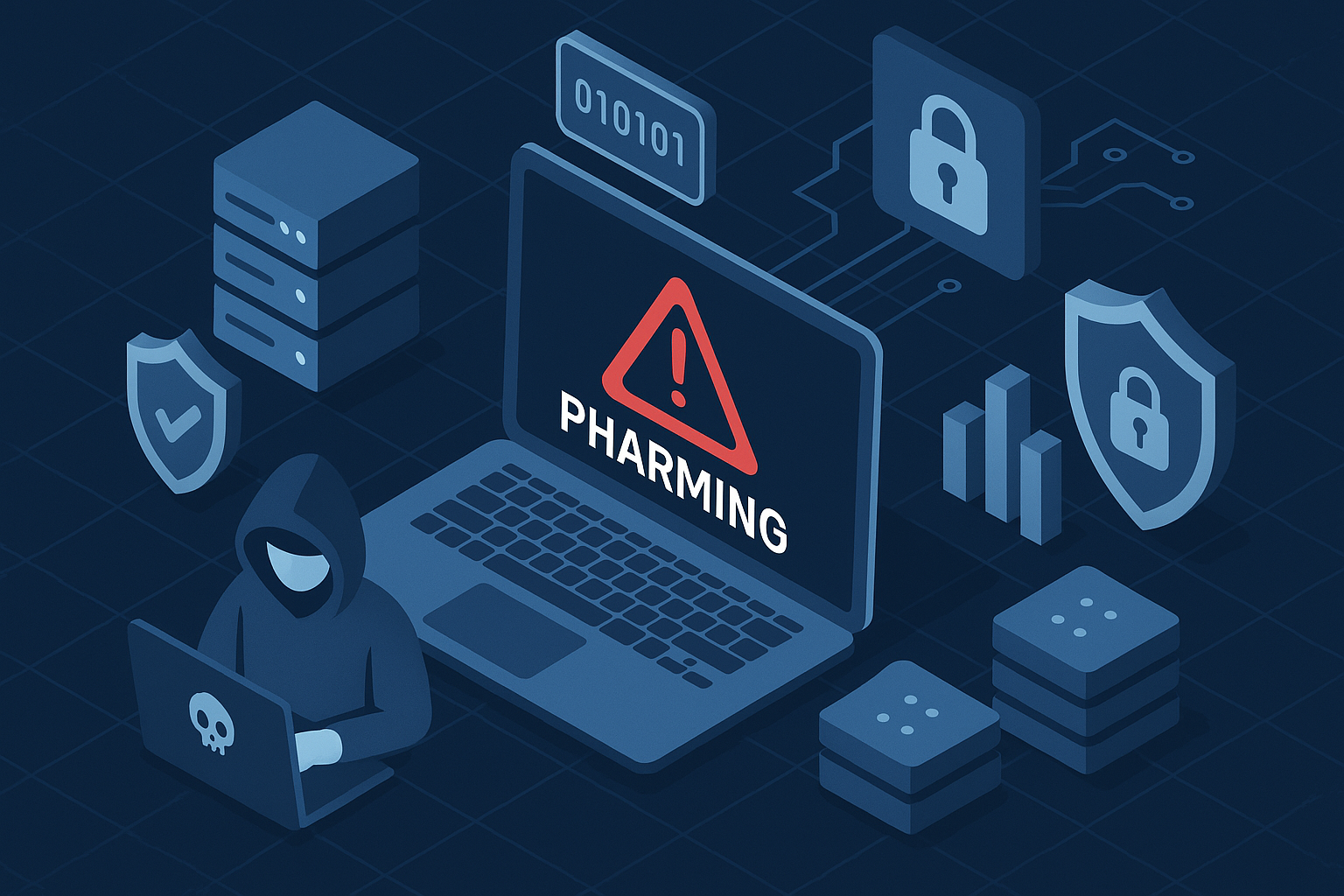
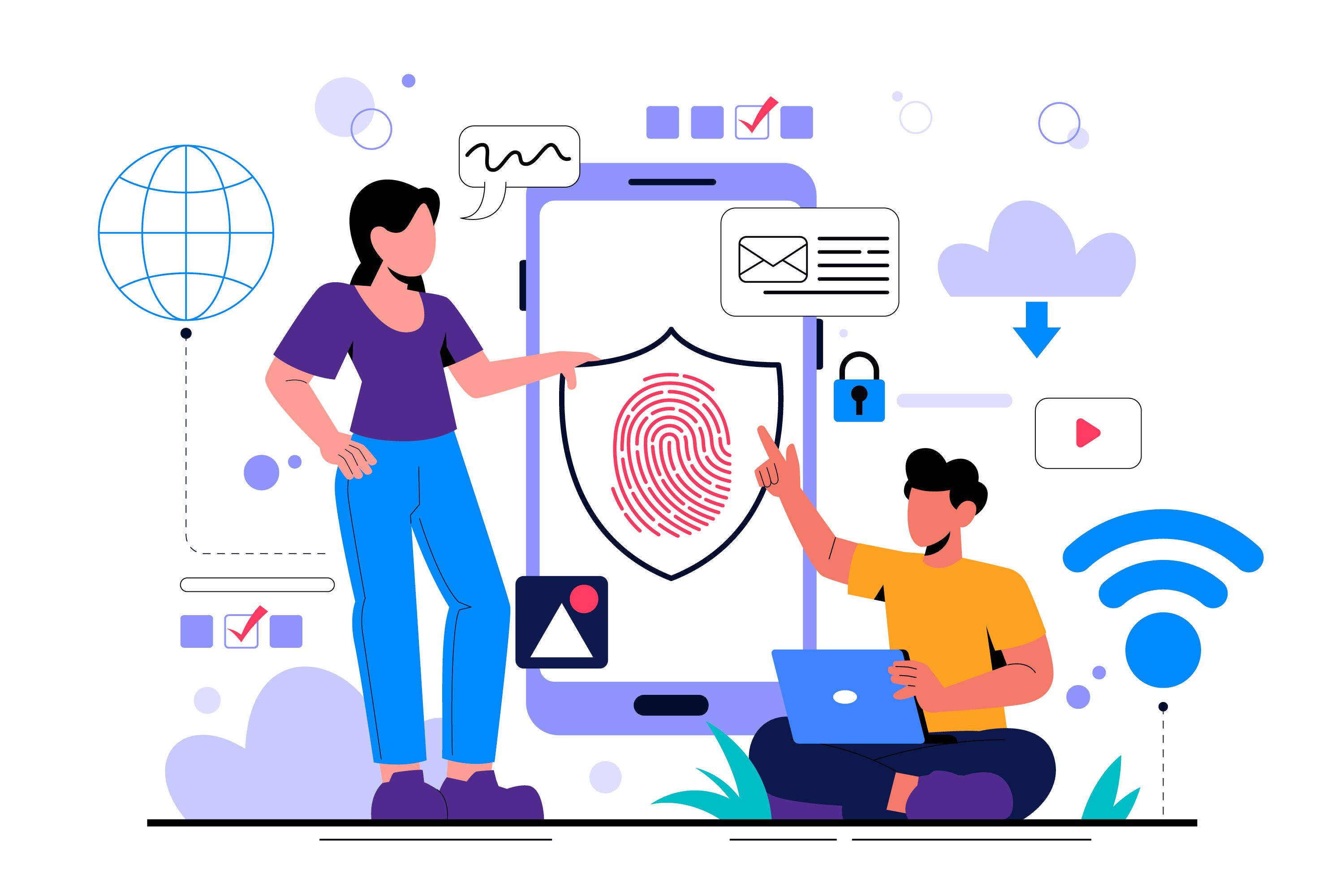
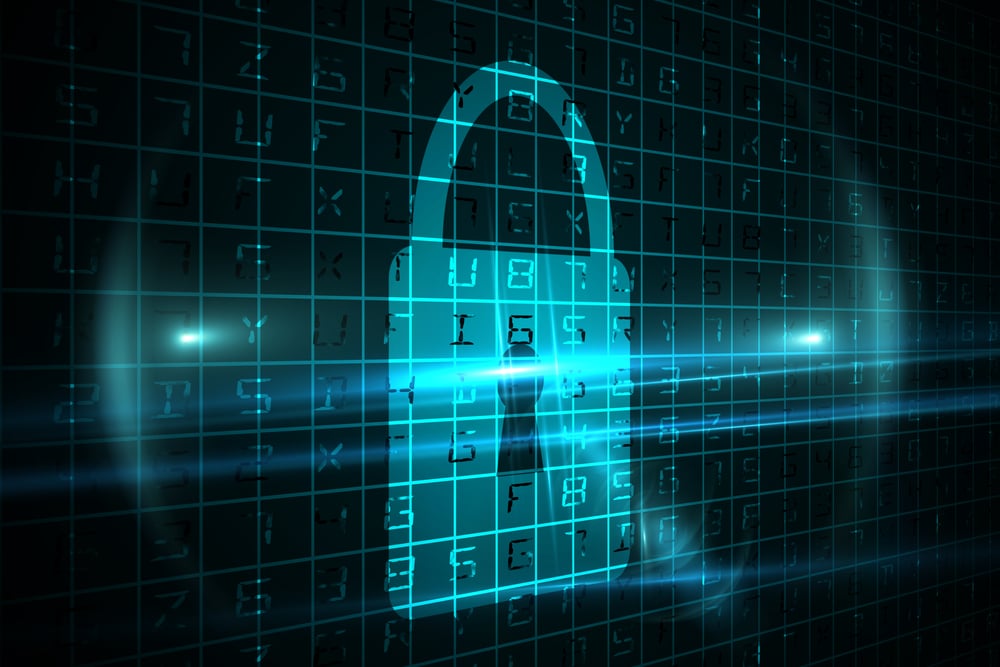
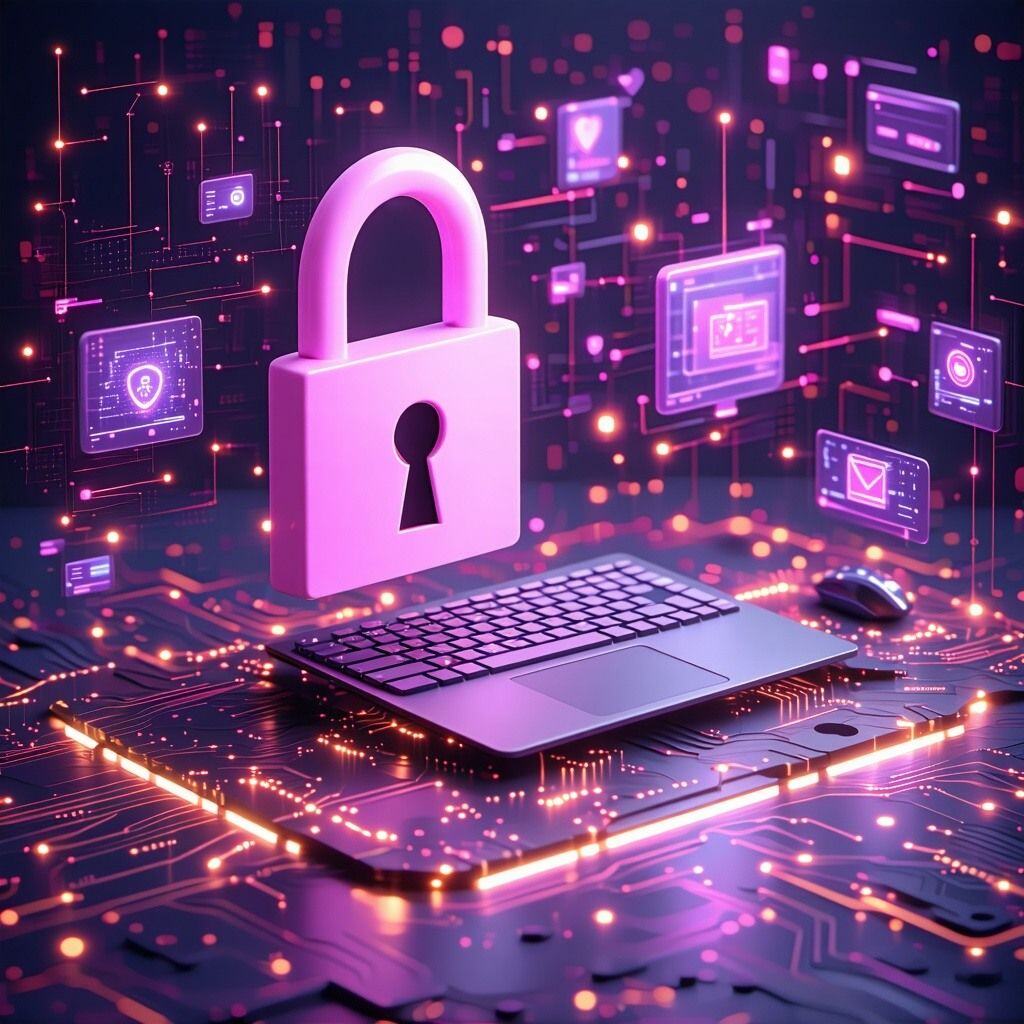
.jpg?width=3000&height=2000&name=11641796_4751965(1).jpg)
